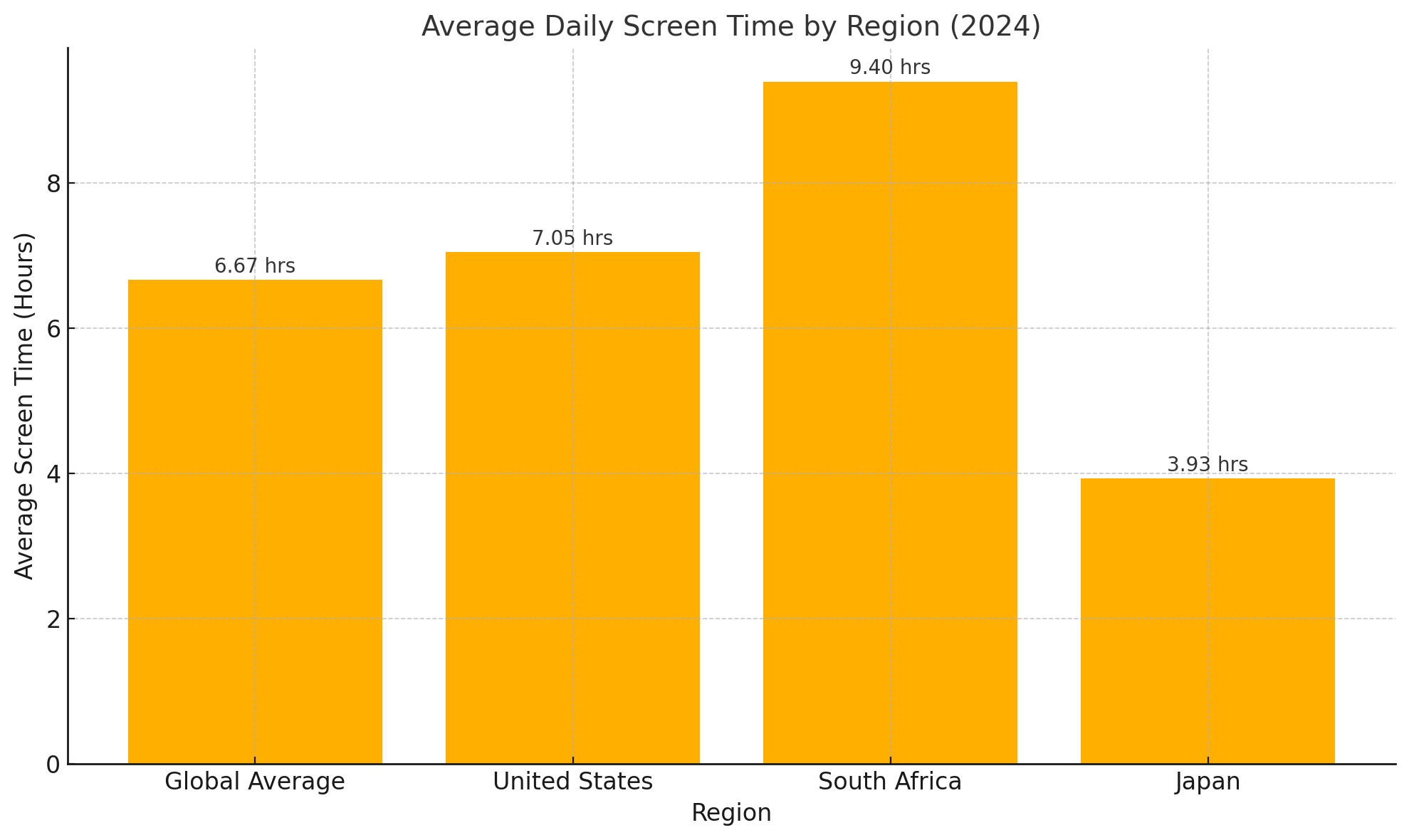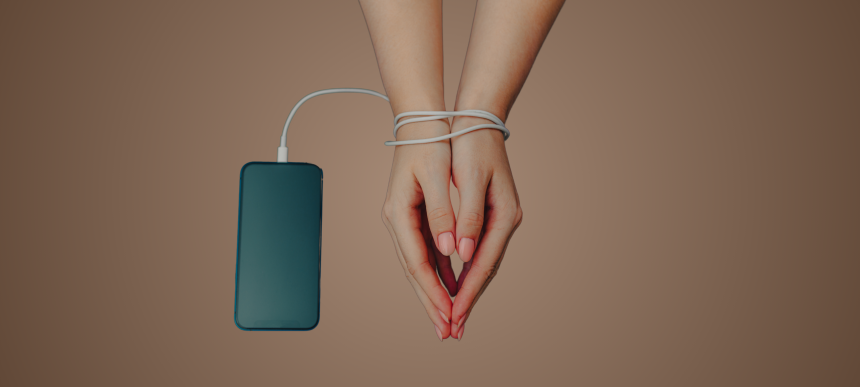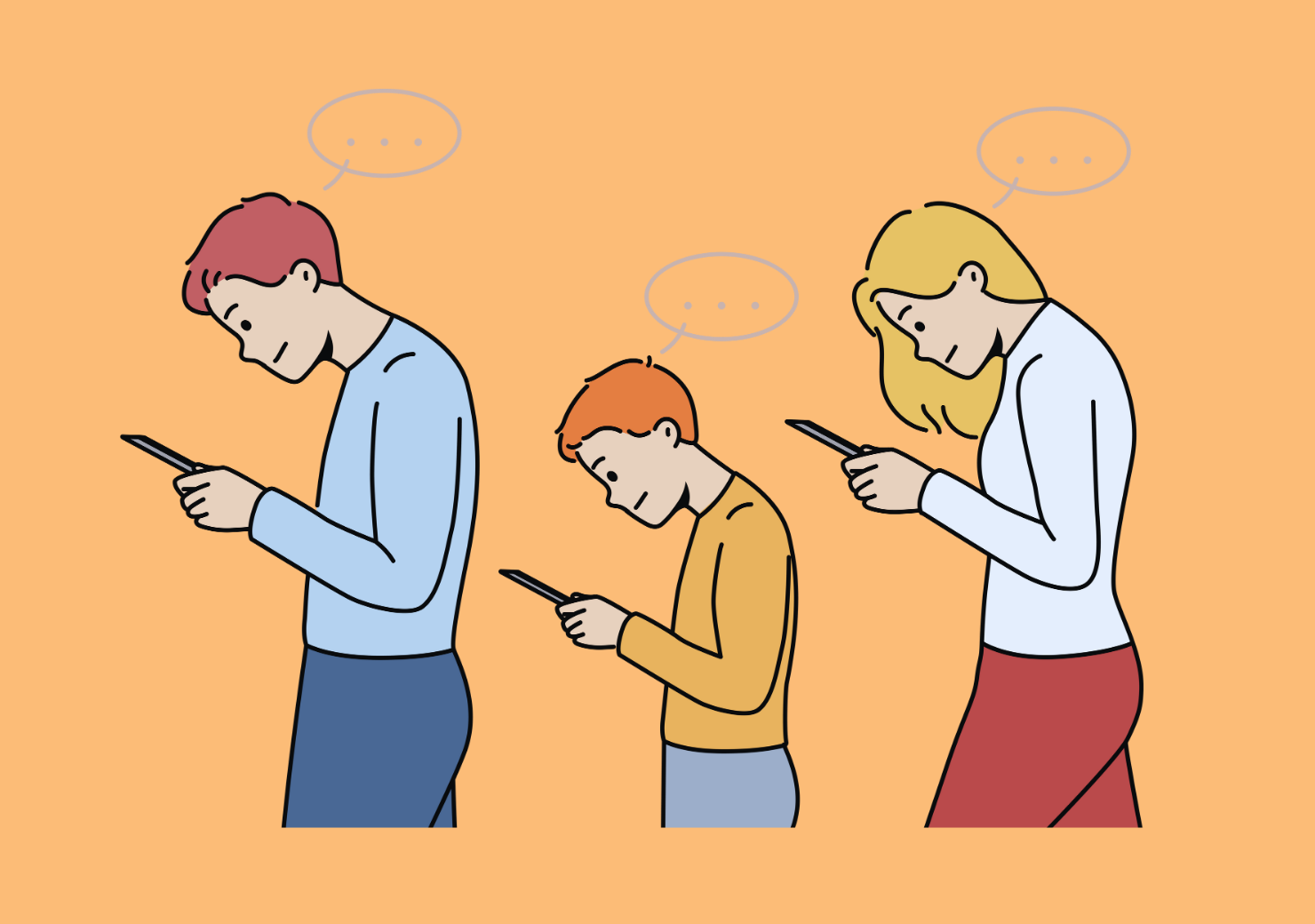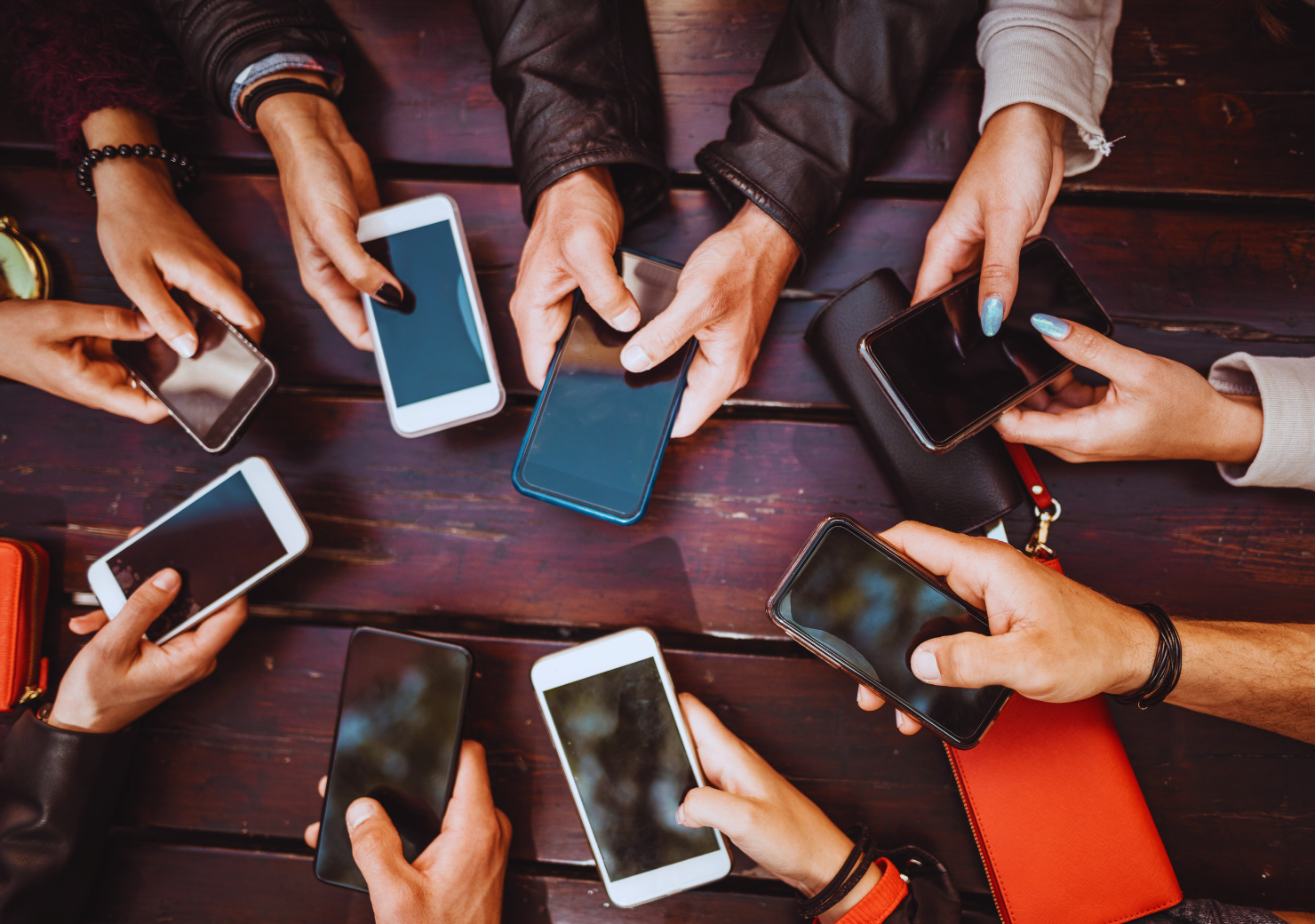In today’s fast-paced digital age, we often overlook the impact our screens have on us. Social media notifications, emails, the constant need to stay connected, and screen addiction threaten both our mental and physical health. However, building a balanced relationship with digital tools can boost productivity, enhance focus, and improve overall quality of life. In this guide, you will discover practical ways to consciously reduce screen time and find the keys to maintaining a healthy lifestyle in the digital age.
Digital Detox: The First Step to Reconnecting in Modern Life
With technology rapidly becoming central to our lives, we’ve become increasingly dependent on screens. A digital detox is one of the most effective ways to break free from this dependency. It not only reduces screen time but also opens the door to mental clarity, improved focus, and healthier relationships.
What are the benefits of a digital detox?
Mental Health: Constant notifications and social media can trigger anxiety. Detoxing provides relief from these stimuli and fosters mental relaxation.
Stronger Relationships: Real-life connections are more meaningful than digital interactions.
Increased Productivity: Limiting screen time enhances focus and allows for more time to accomplish tasks.
What are the average rates of screen time worldwide?
Worldwide average screen time rates according to https://explodingtopics.com/ and https://evoca.tv/:

As of 2024, the global average daily screen time is approximately 6 hours and 40 minutes, reflecting the pervasive influence of digital devices in our lives. In the United States, this average is slightly higher, at around 7 hours and 3 minutes per day. South Africa leads globally, with individuals spending about 9 hours and 24 minutes daily on screens, while Japan reports one of the lowest averages, with residents spending just 3 hours and 56 minutes per day. These statistics encompass various activities, including social media use, streaming, gaming, and general device usage on smartphones, computers, and tablets. This data highlights significant regional differences in screen time habits and emphasizes the growing need to address digital well-being worldwide.
Managing Screen Time: Effective and Practical Methods
Screen time management is the first step to improving the quality of your life. Even small changes can create significant differences.
What steps can we take to reduce screen time?
Track Your Usage: Use screen time tracking tools on your phone to understand where you spend the most time. Awareness is the first step to change.
Create Digital-Free Zones: Designate areas in your home or office as “phone-free” spaces. Bedrooms or dining tables are ideal for such rules.
Digital Rest Days: Try to disconnect from technology entirely for one day a week. Use this time for reading, walking, or spending time with family.
Building a Healthy Relationship with Technology
Creating a healthy relationship with technology starts by seeing it as a tool and taking control.
How can this be achieved?
- Manage Notifications: Keep notifications on only for essential apps to minimize distractions.
- Use Focus Modes: Features like focus modes on iOS and Android can temporarily disable distracting apps during set hours.
- Social Media Detox: Turn off notifications for social media accounts or limit usage to specific times.
Reshape Your Digital Habits for Mental and Physical Health
Consciously shaping your digital habits is essential for leading a healthier life.
What steps can enhance mental clarity?
- Morning Routines: Start your day without checking your phone screen. Instead, choose activities like meditation or physical exercise.
- Engage in Hobbies: Replace screen time with creative activities such as painting, writing, or playing a musical instrument.
- Prioritize Exercise: Include short walks or simple exercises in your daily routine as an alternative to screen time.
A Digital Usage Guide for Children
Parents play a critical role in managing their children’s digital habits. Encouraging healthy screen time practices contributes to their development.
How can we manage children’s screen time?
Set Age-Appropriate Limits: Limiting screen time to 1 hour a day for younger children is ideal. For older age groups, monitor non-educational usage carefully. Offer Alternative Activities: Plan non-digital activities for children, such as creative games or physical activities. Parental Control Apps: Tools like Google Family Link allow parents to monitor and limit their children’s screen usage.
Applications and Tools to Reduce Screen Time
Technology itself can make controlling screen time easier.
Which applications and tools can help reduce screen time?
- Timer Applications: Apps like “Forest” gamify reducing screen time, motivating you to stay off your device.
- Grayscale Mode: Switching your phone to black-and-white mode reduces its visual appeal.
- Notification Blockers: Tools like “Freedom” or “StayFocusd” can temporarily block distracting websites.
Strategies to Enhance Focus
Overcoming distractions can significantly improve your ability to concentrate over the long term.
What methods can be used to boost focus?
Single-Tasking: Avoid multitasking. Focusing on one task at a time yields better results.
Pomodoro Technique: Use short, intensive work periods with regular breaks to boost productivity.
Eye Exercises: Apply the 20-20-20 rule to reduce eye strain: every 20 minutes, look at something 20 feet away for 20 seconds.
Steps for Long-Term Digital Wellbeing
Digital wellbeing is not a goal but a sustainable lifestyle.
How can we maintain it?
Digital Diet: Periodically disconnect your devices to give your mind a break. Family Rules: Encourage screen-free times during meals or family events to foster genuine connections. Monitor Your Progress: Regularly evaluate your screen habits to identify areas of improvement.
A Balanced Life in the Digital World Is Possible
Digital detox and screen time management are keys to a balanced life in today’s world. Learning to use technology as a tool rather than letting it control you positively impacts both your mental and physical health. By taking small steps, you can reduce screen time, improve focus, and lead a more fulfilling life. Remember, digital wellbeing is a choice you can make every day.















